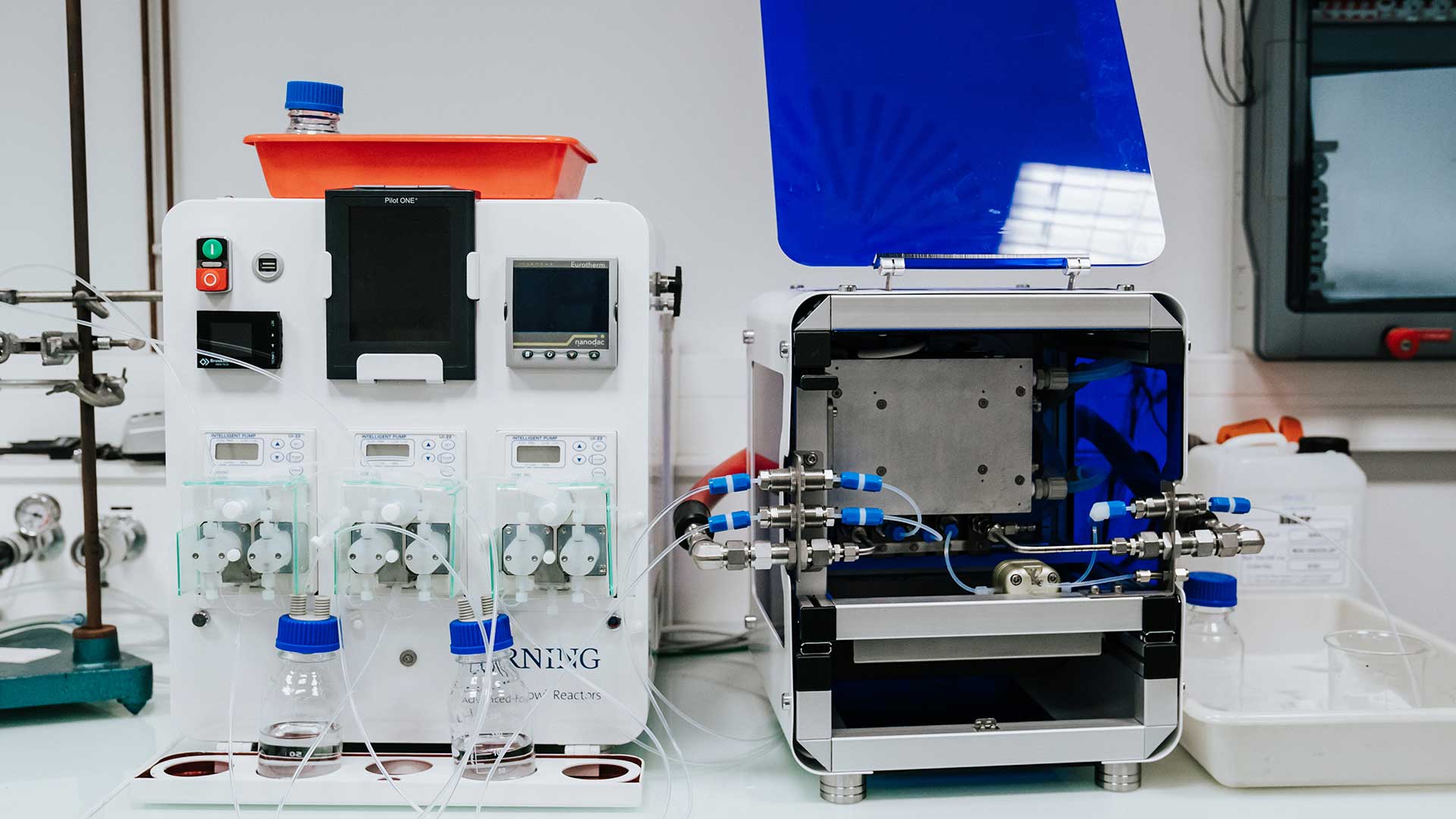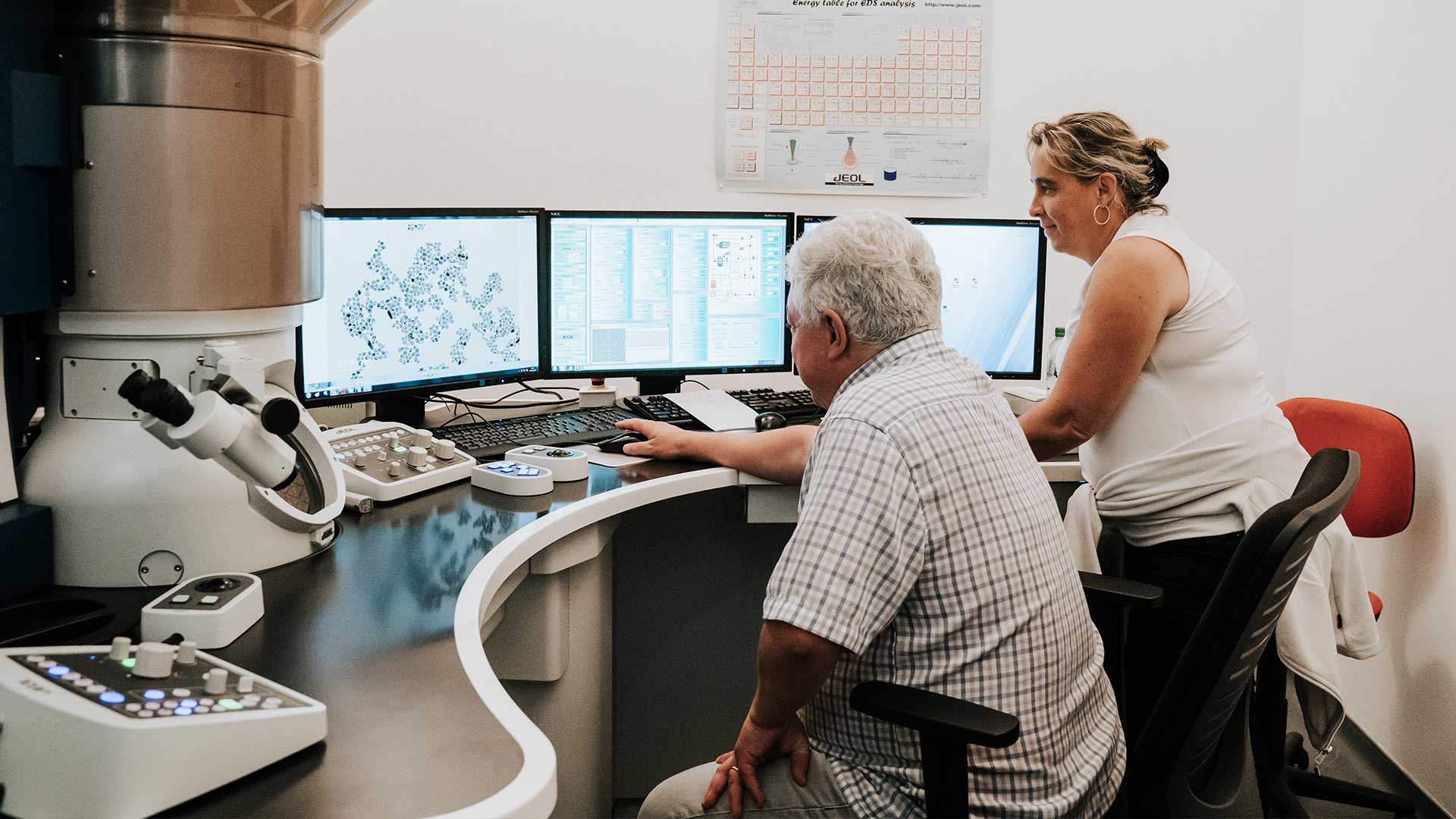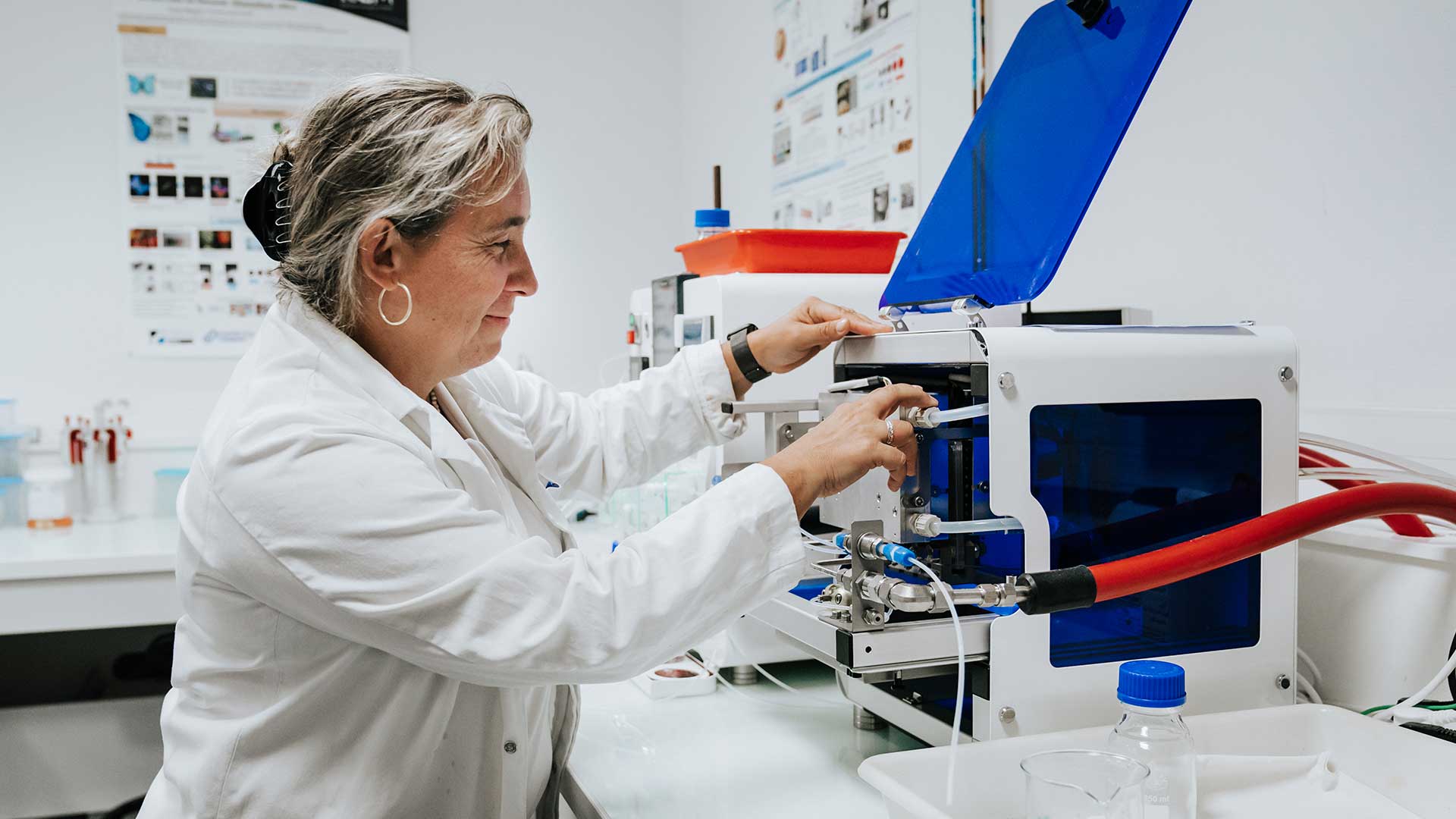The fascination of nanoparticles
Lecturer-researcher since 2003 at theMulhouse Institute of Materials Science, Karine Mougin has made metal nanoparticles her specialty. Fascinated by the nanometric aspect and the many properties that this dimension gives to matter, she decided to focus her work on understanding its benefits.
“Gold nanoparticles, for example, can be used in medicine. Under a certain amount of radiation, they allow hyperthermia, that is, to destroy only the target cells, without the rest of the body being damaged. In the case of the BIC, we used the light-absorbing capacity of the nanoparticles to create the color“explains Karine Mougin.
A revolutionary ink
It was through a simple discussion with a former student that a project for BIC grew. At the time, the company was looking for someone who could create color from metallic nanoparticles. Since most inks contain toxic substances, BIC’s goal was to eliminate all dyes and pigments that are harmful to health. Thanks to the gold or silver nanoparticles, there is no need for these harmful elements. Here, it is the modulation of the shape and the speed of this unique material that allows to obtain the desired color. And it was Karine Mougin’s experience that was kept to create this revolutionary ink, composed of metallic nanoparticles.

“The main advantage is that we do not need large quantities of materials for its manufacture, so it is an important ecological advantage. With conventional inks, skilled personnel have to work in 5,000 liter tanks, which requires a high level of safety and can sometimes lead to accidents. With 5 liters of our ink we get the same result, without dangers, with greater efficiency. It is also naturally antibacterial, which makes it even more interesting.“
A well deserved reward
In the near future, Karine Mougin’s research will allow BIC to commercialize pens containing this futuristic ink. If a release date is not yet planned, the exploit is already starting to pay off. On the occasion of its tenth anniversary, the prestigious Carnot MICA Institute awarded the researcher the Partnership Award for her work, which led to the filing of 9 patents between the CNRS and BIC Writing 2000 in less than two years. This result is also due to an entire team, made up of PhD student Feriel Ghellal and researcher Arnaud Spangenberg, among others. While a European project for Karine Mougin is about to start, all sectors interested by the UHA research unit are also continuing to develop. And this, never without the support of m2A.

M2A’s support to UHA
Agglomeration Mulhouse Alsace (m2A) is engaged in a partnership with the University of Upper Alsace (UHA), through a State-Region Plan Agreement (CPER), to support research and innovation in the area.
Through its support, m2A has already enabled UHA to develop its scientific performance, its excellence in higher education, its links with the business world and its attractiveness.
To continue on this path, m2A is re-committing itself financially to the UHA, both on an important component of the real estate sector and on that of research, by investing in state-of-the-art equipment. On the other hand, the UHA will have to continue to engage in favor of local businesses, through technology transfers.
m2A has allocated € 5,000,000 to its Multi-year Investment Program, PPI 2022-2026, for both the Real Estate and Research component.
As regards the Research component, scientific equipment is an essential element of the competitiveness and performance of universities. They determine their ability to develop ambitious research programs, attract researchers and generate projects with companies.
The CPER can provide support to the Research component for its entire duration, depending on the degree of progress of the proposed projects.
The “MAT-GE” (Materials and Nanosciences) project is advanced enough to be able to start quickly and concerns two laboratories:
- IS2M (Institute of Materials Science of Mulhouse), through an agreement with the National Center for Scientific Research (CNRS).
- LPIM (Laboratory of Photochemistry and Macromolecular Engineering).
MORE NEWS

–
Inserted Friday 23 September 2022 at 16:30
–
–
–
–


